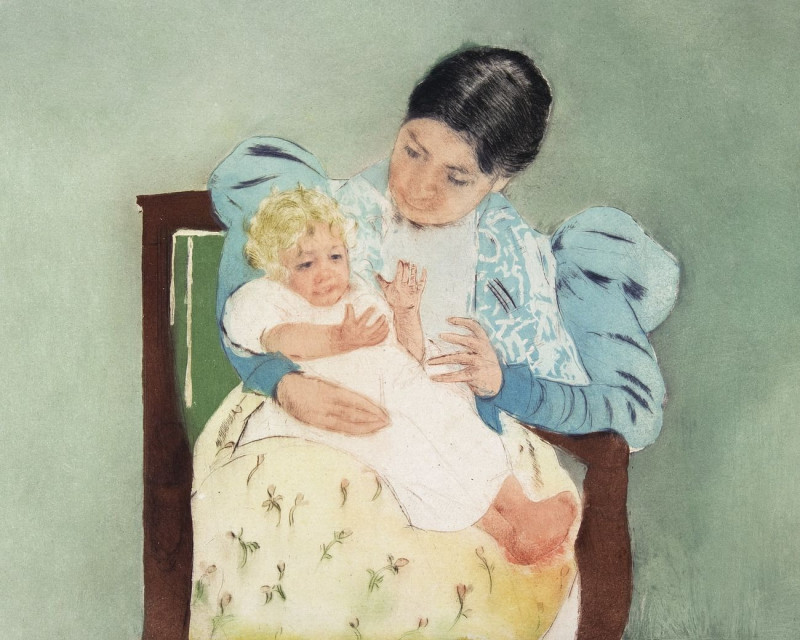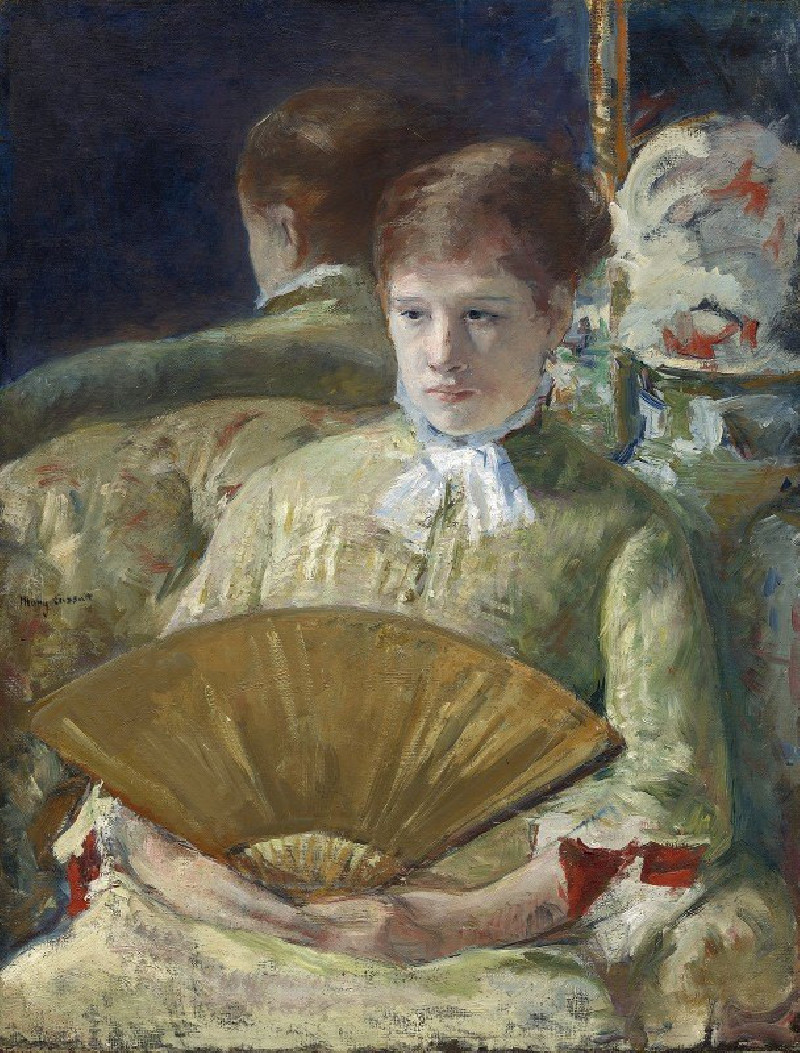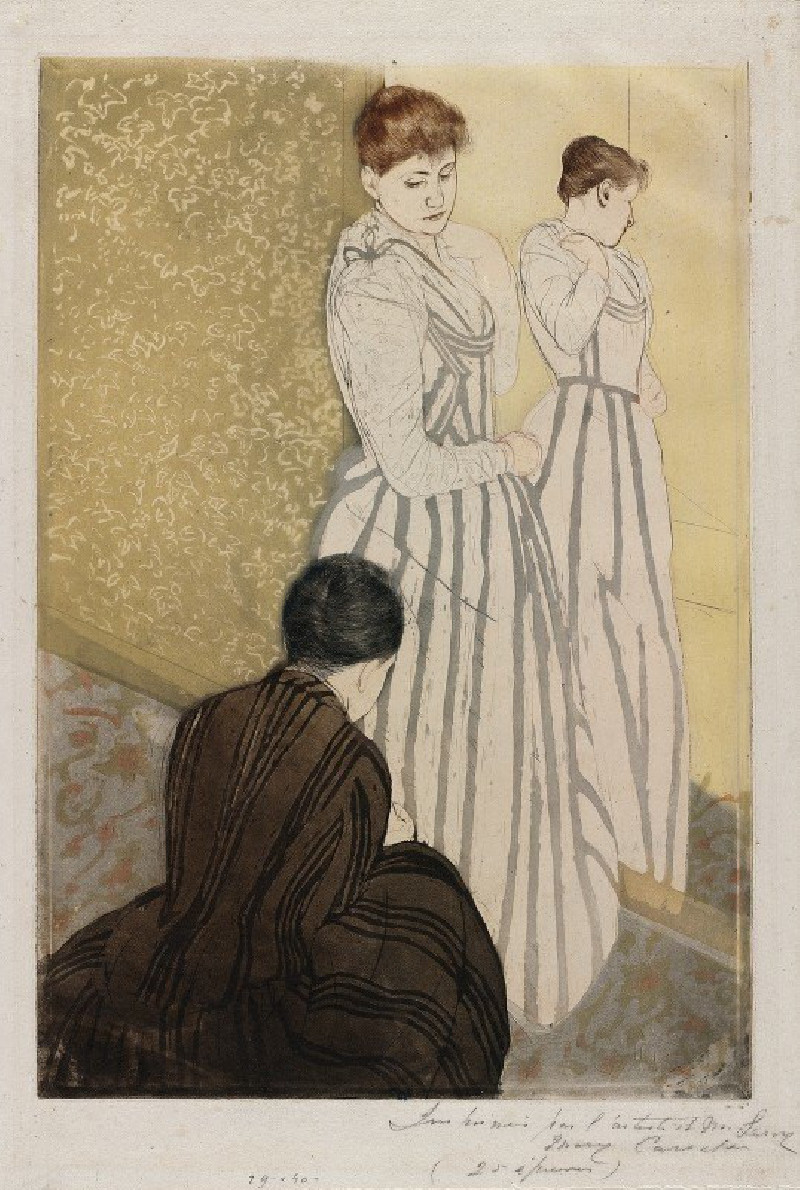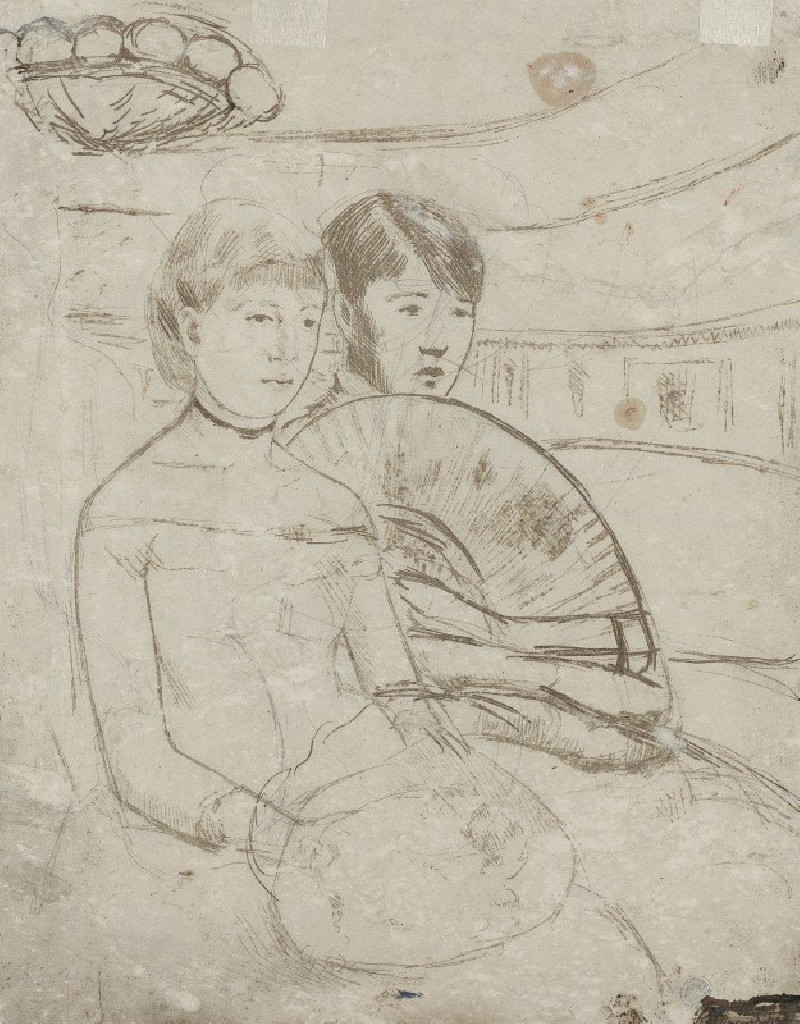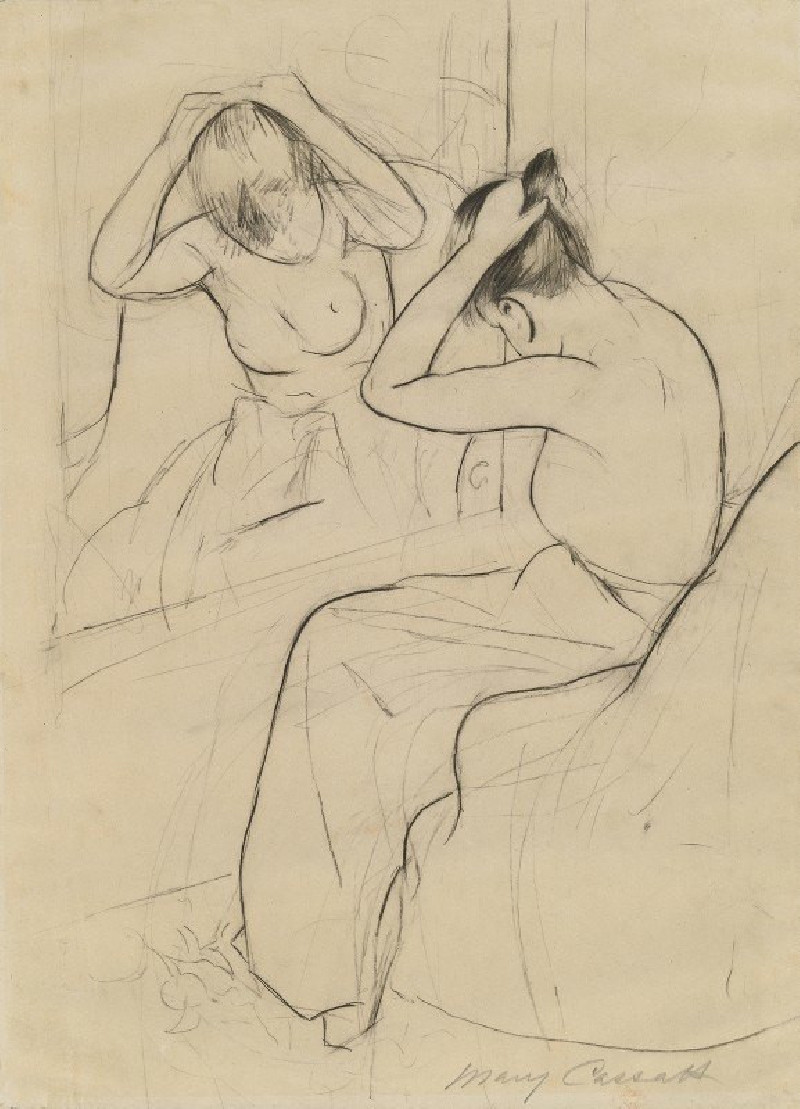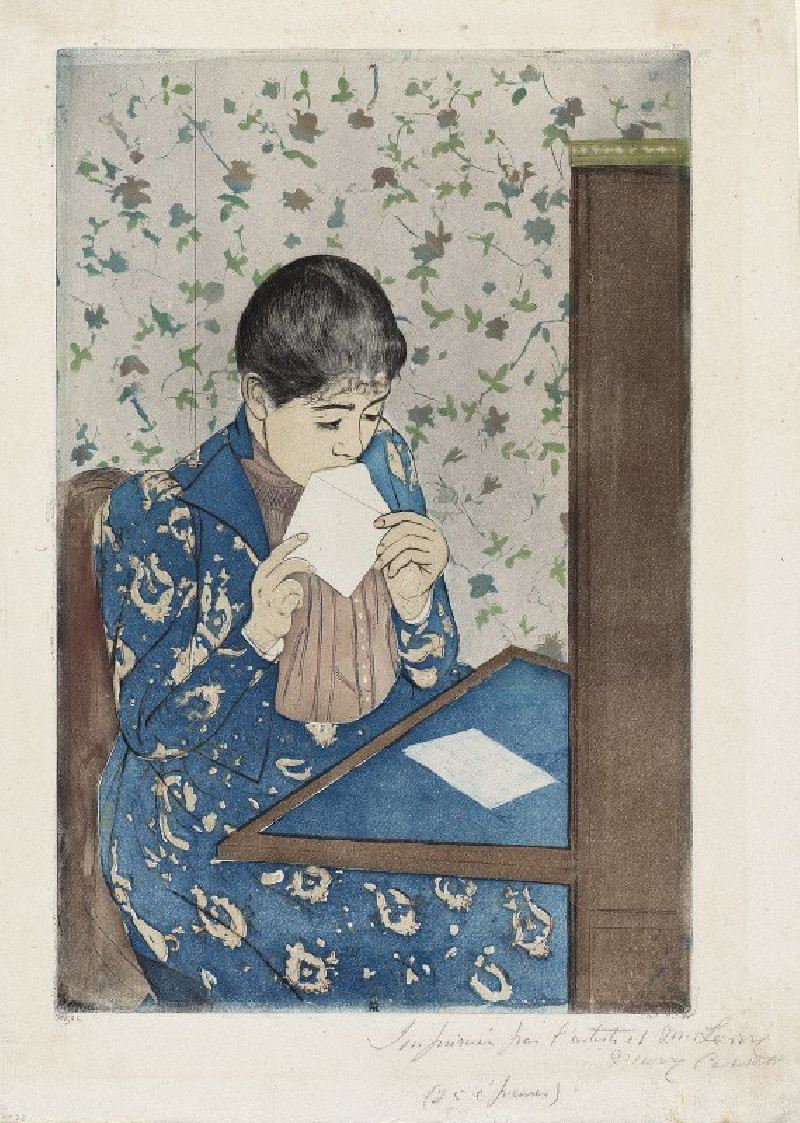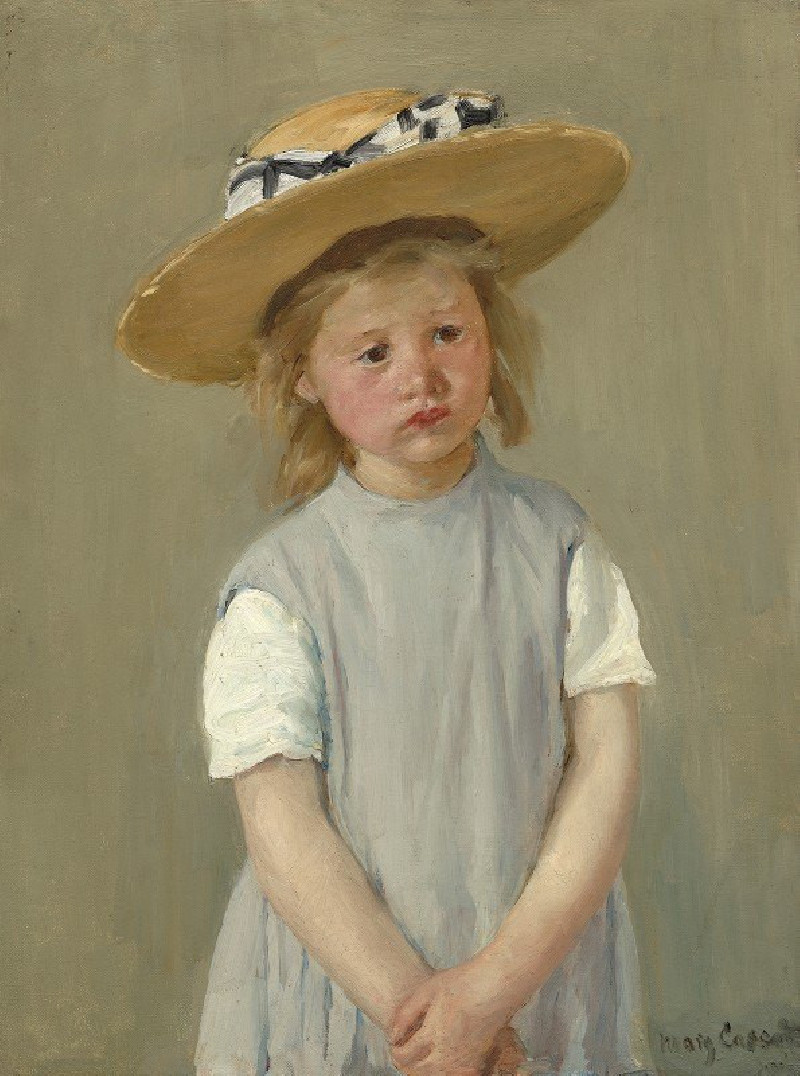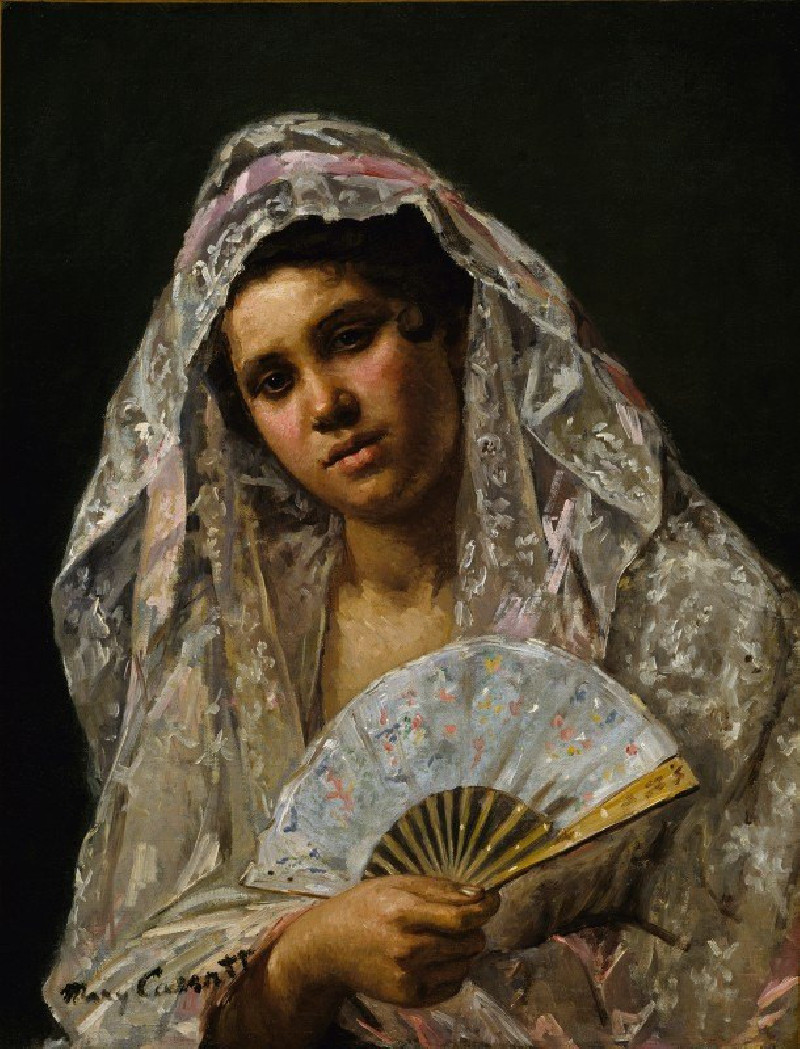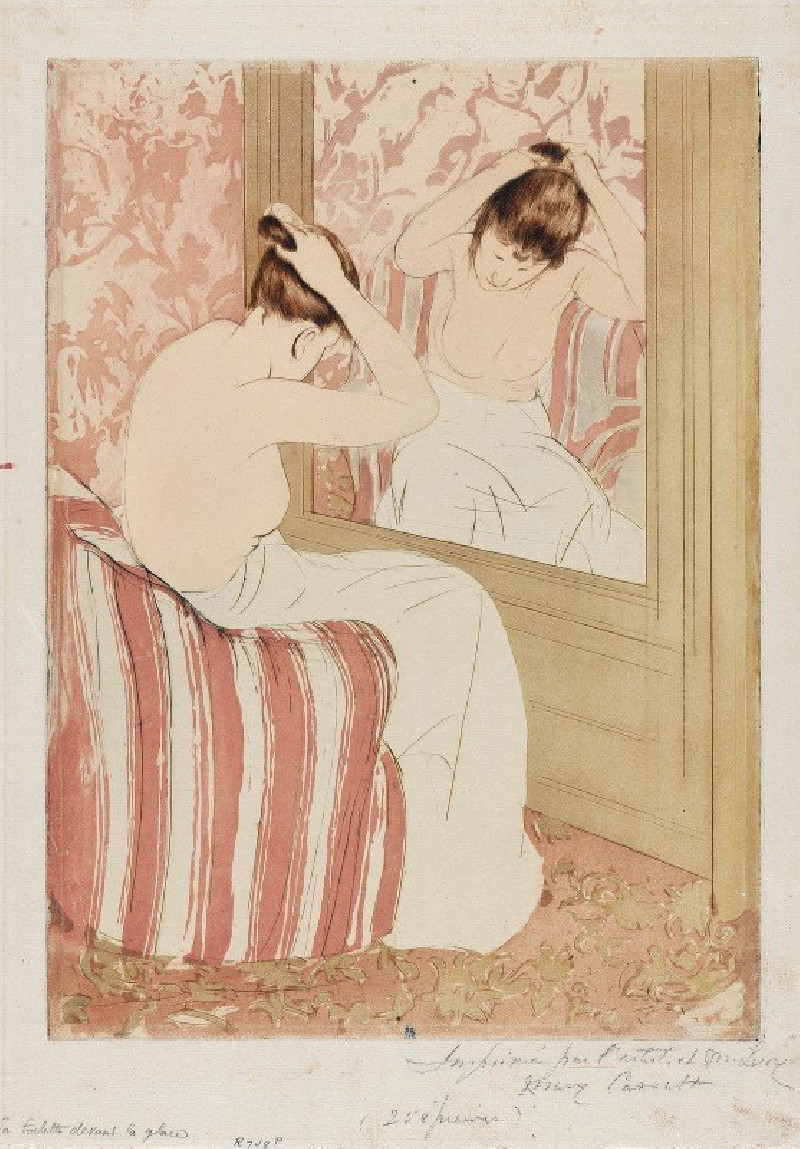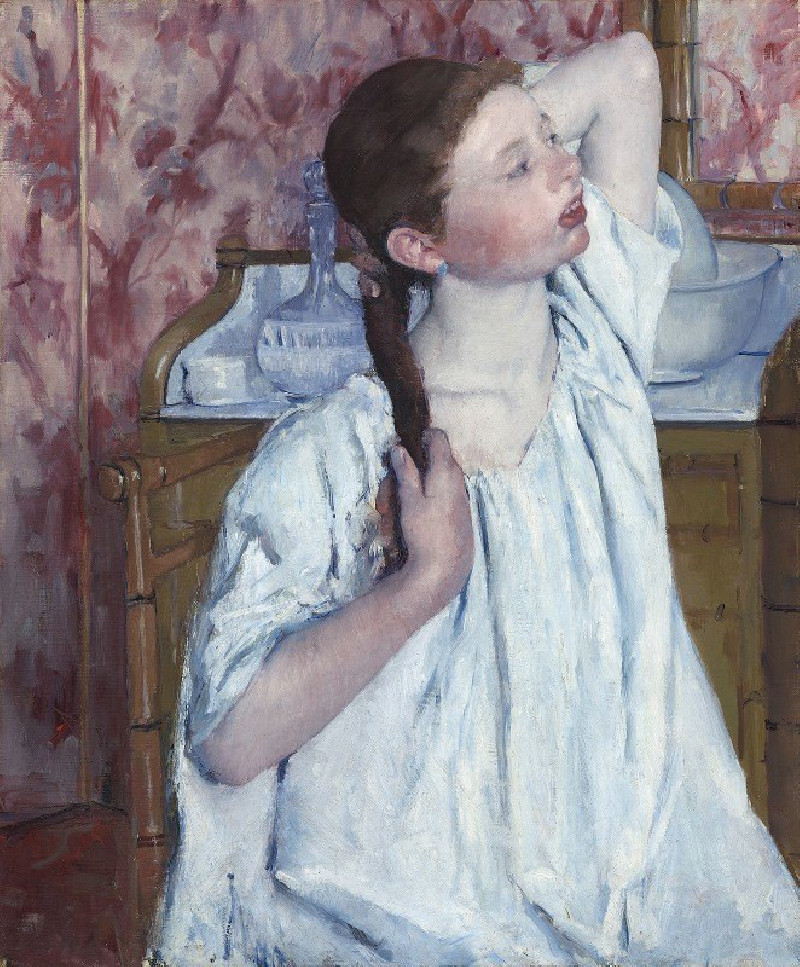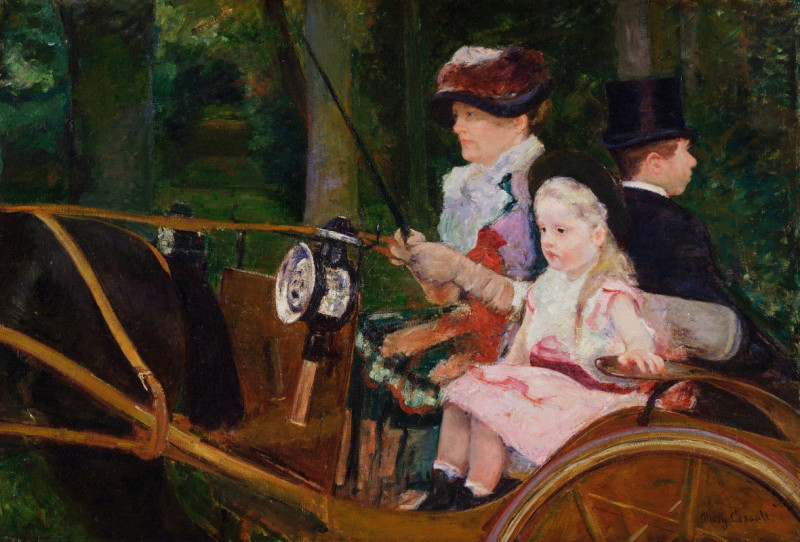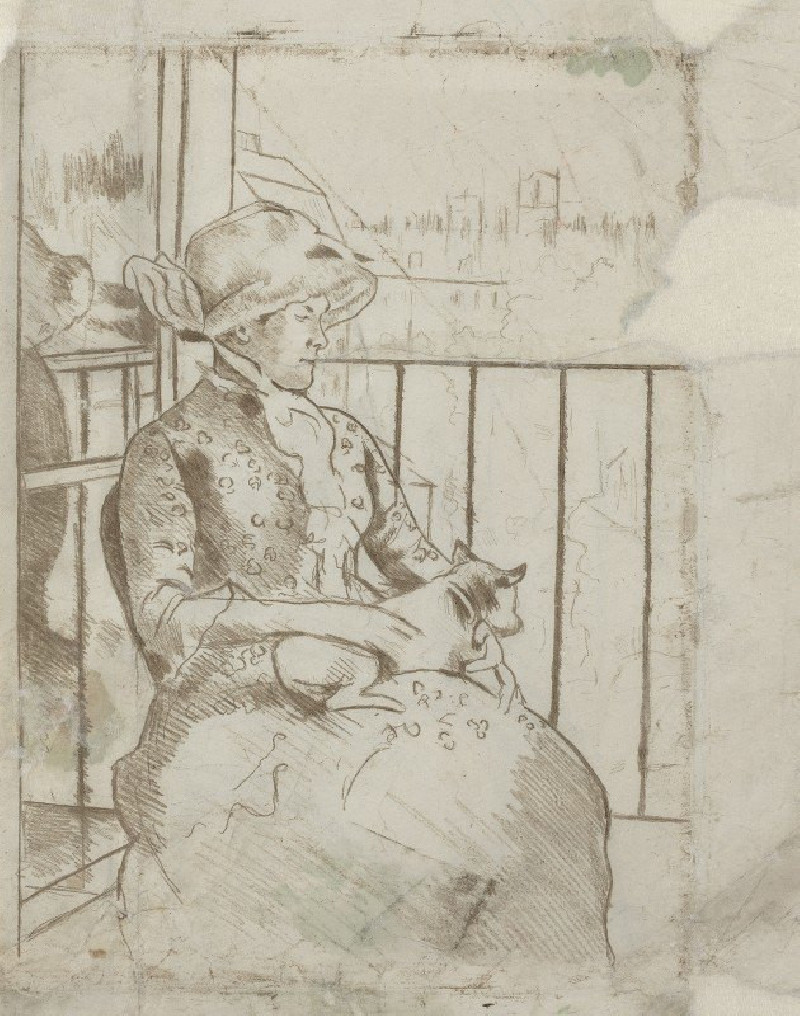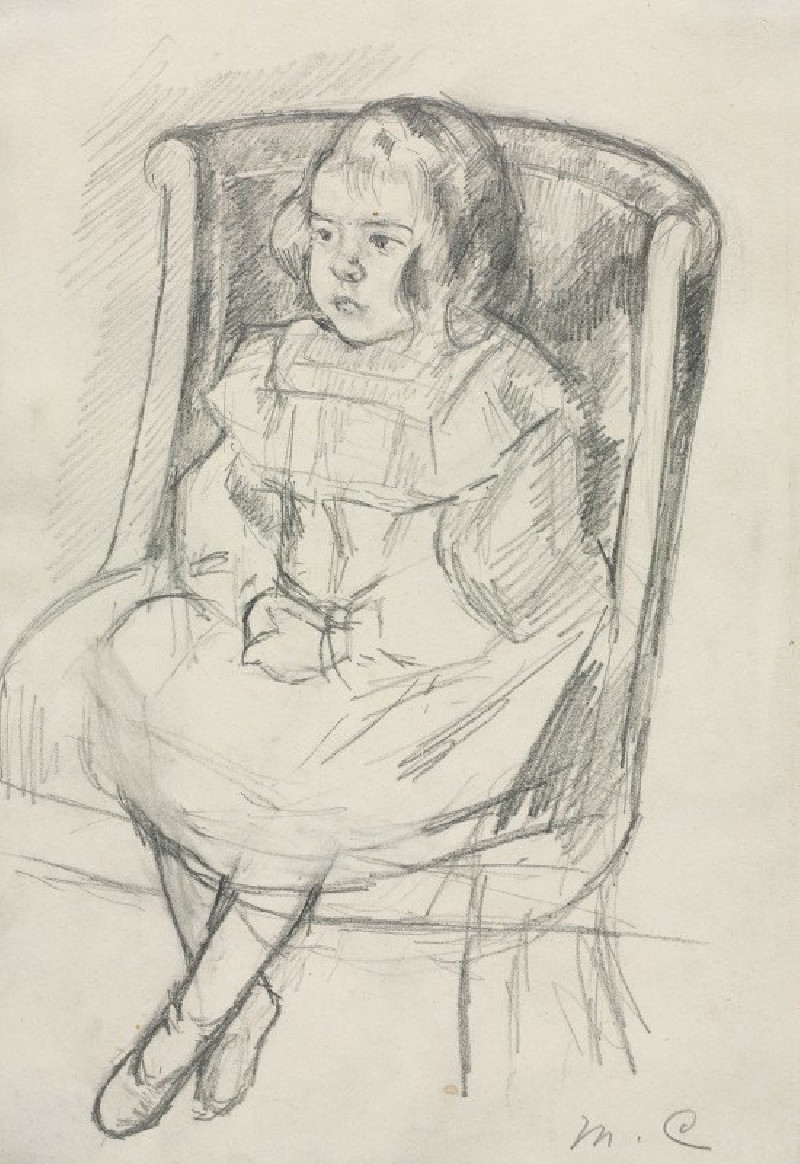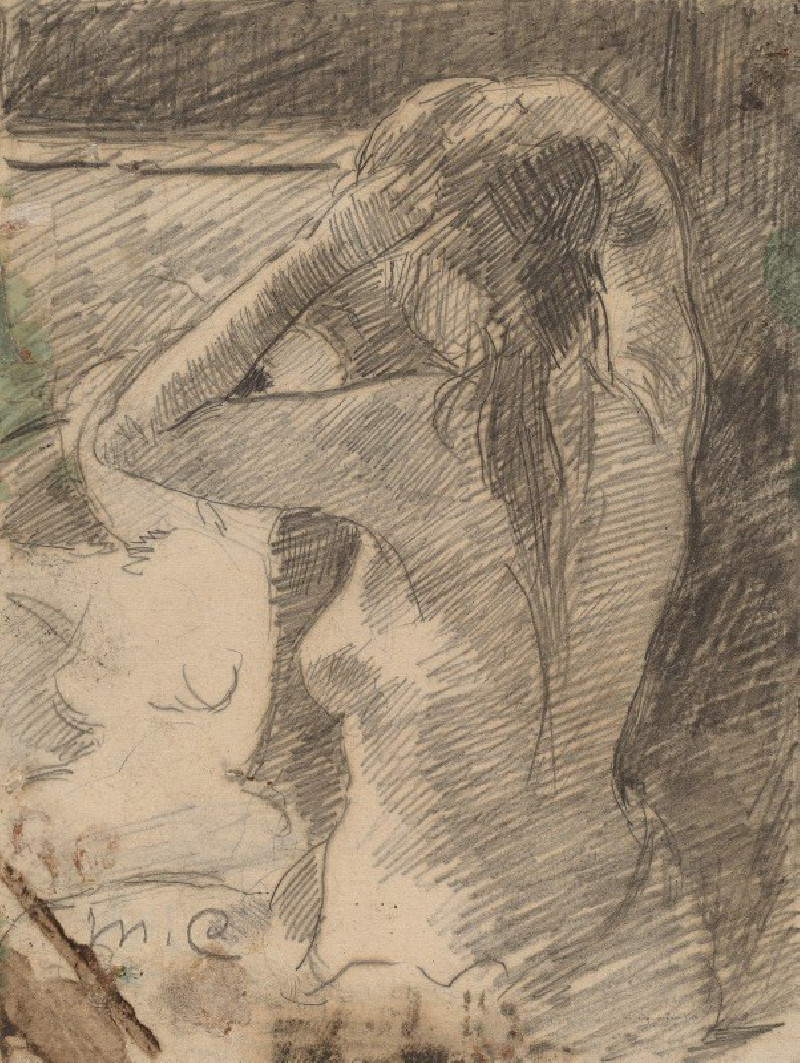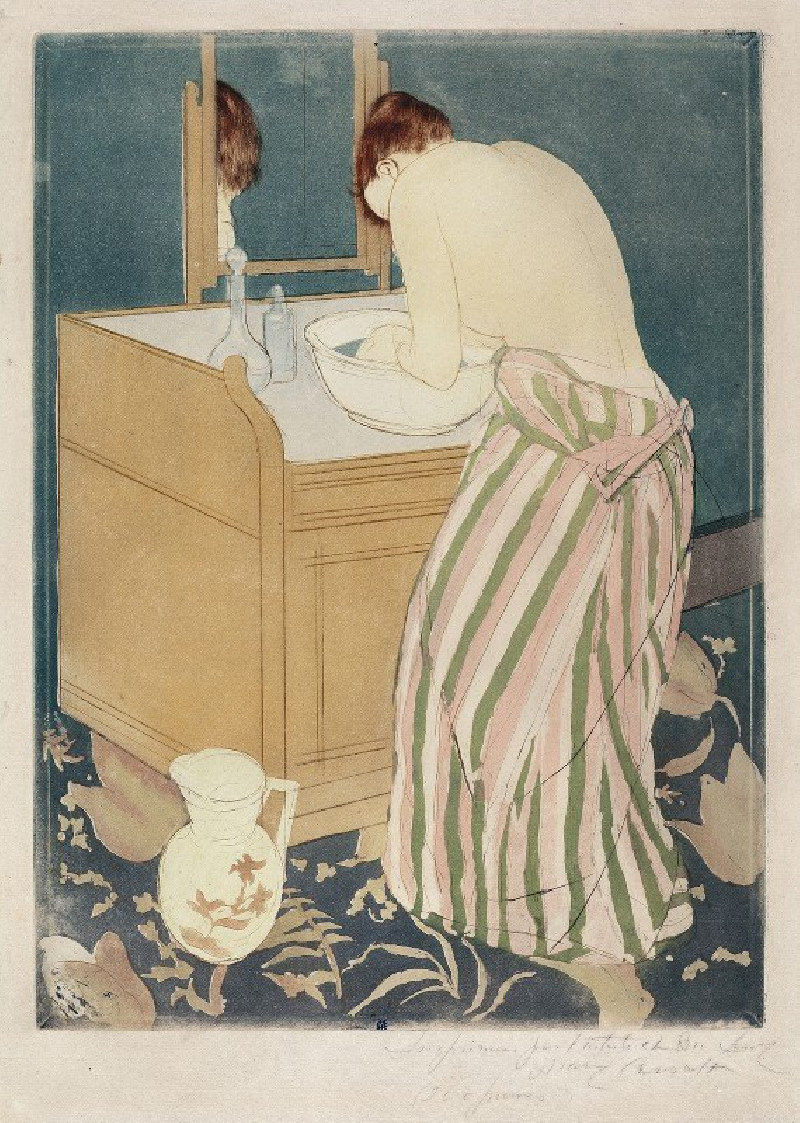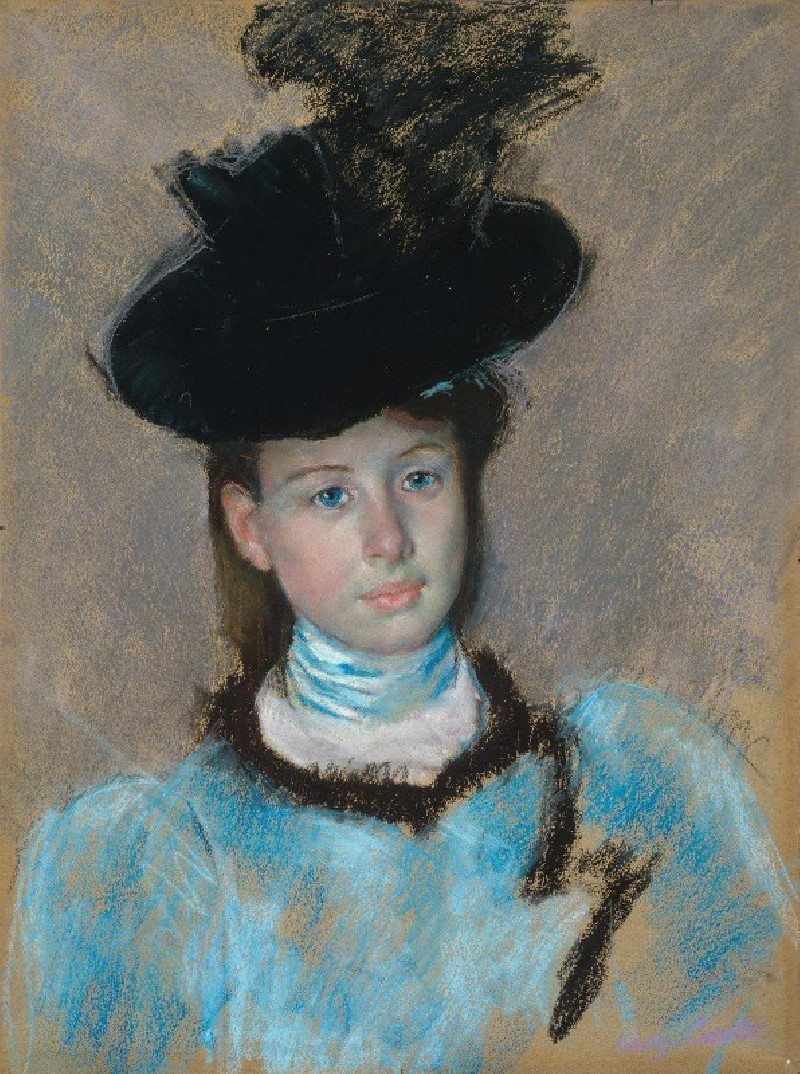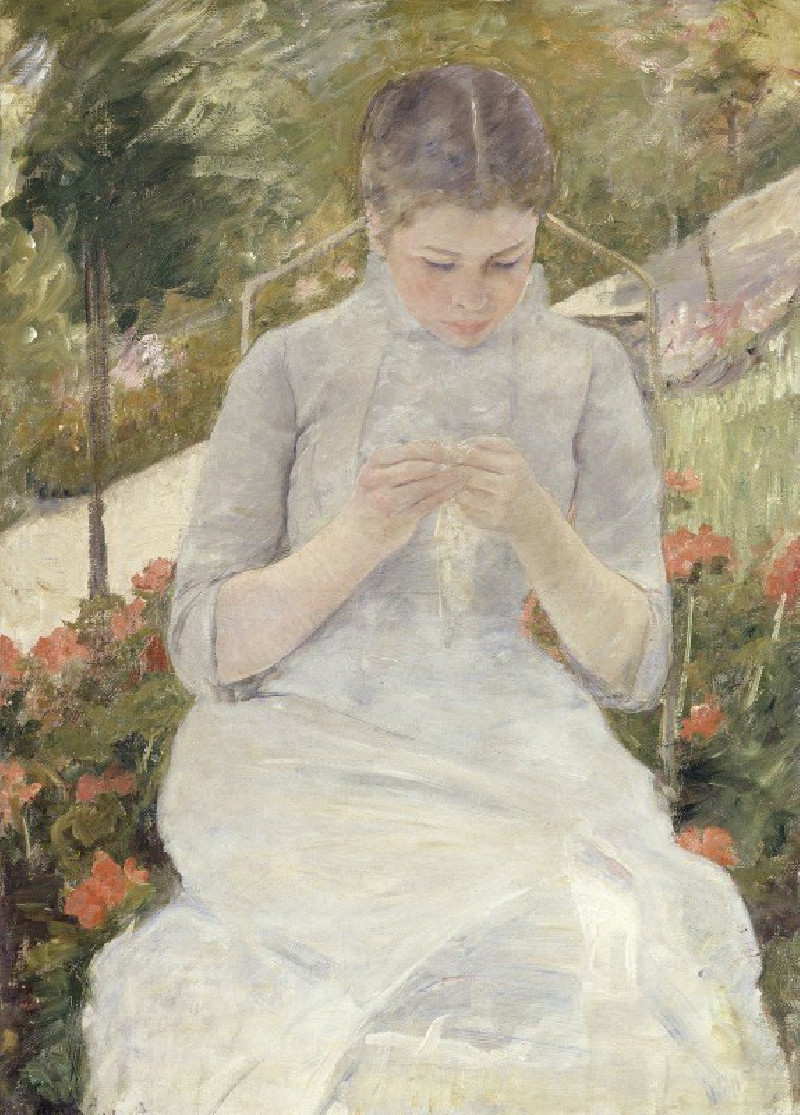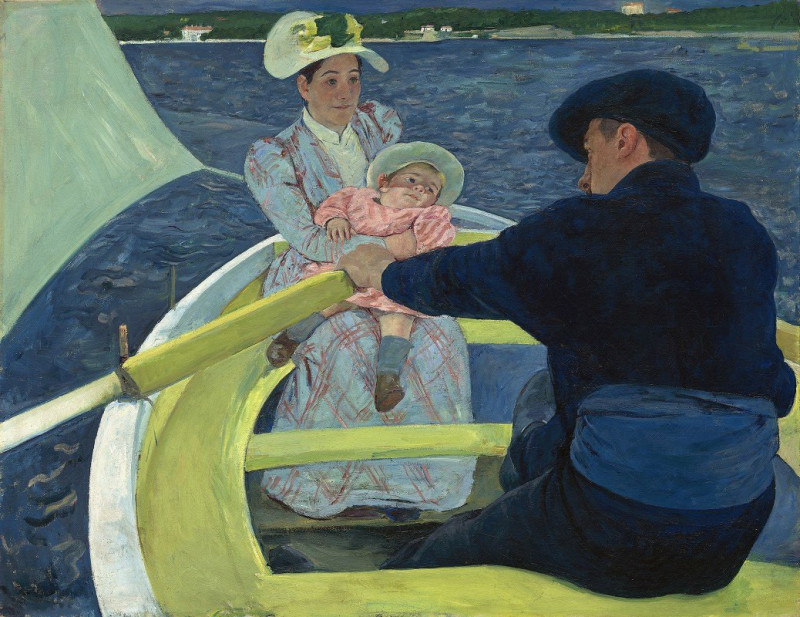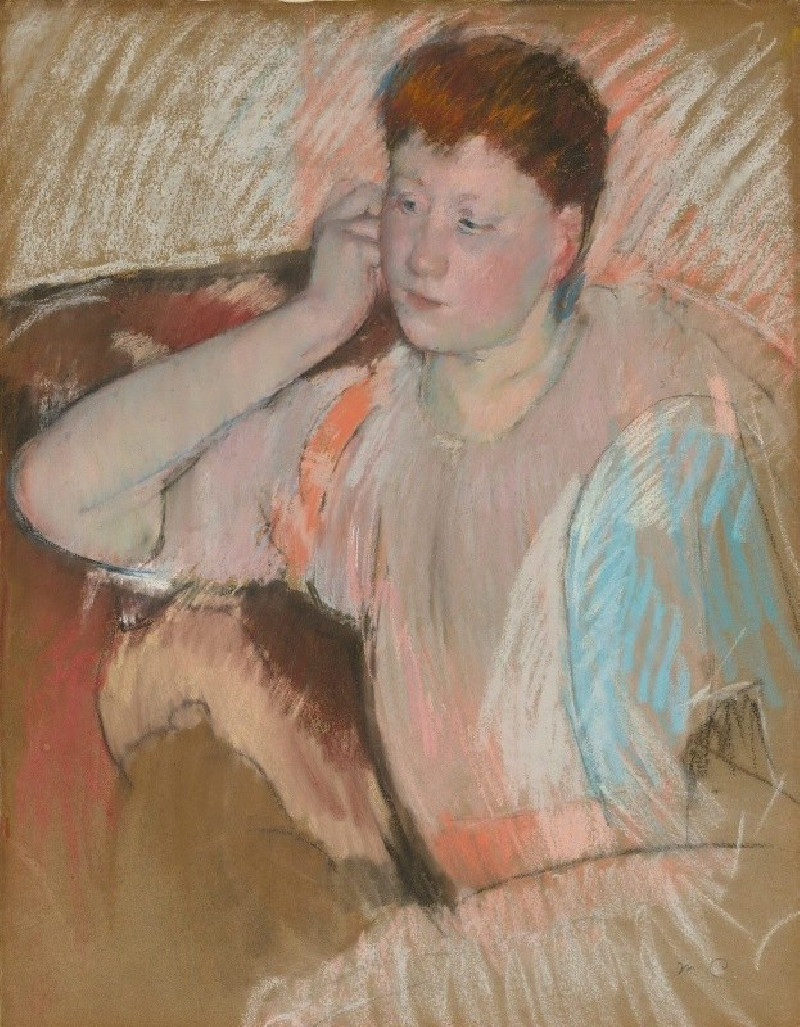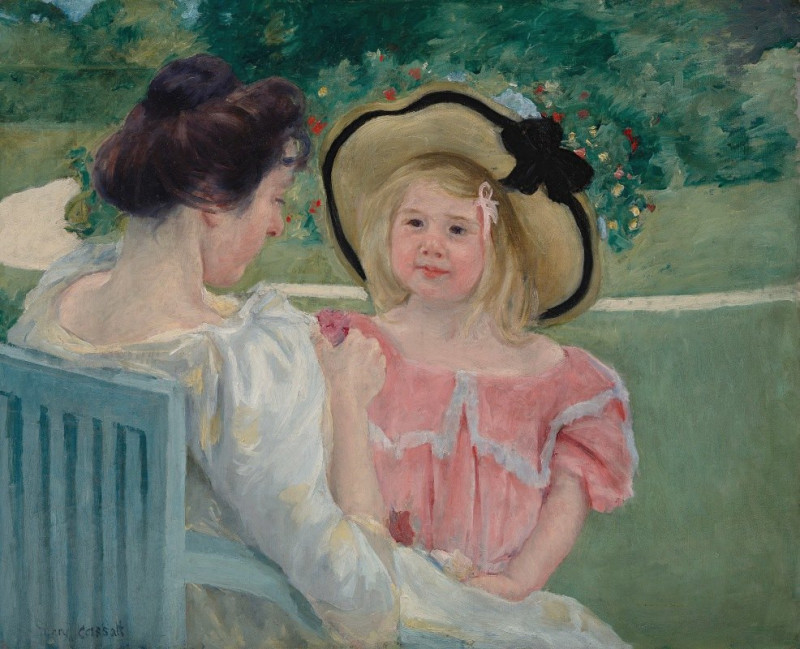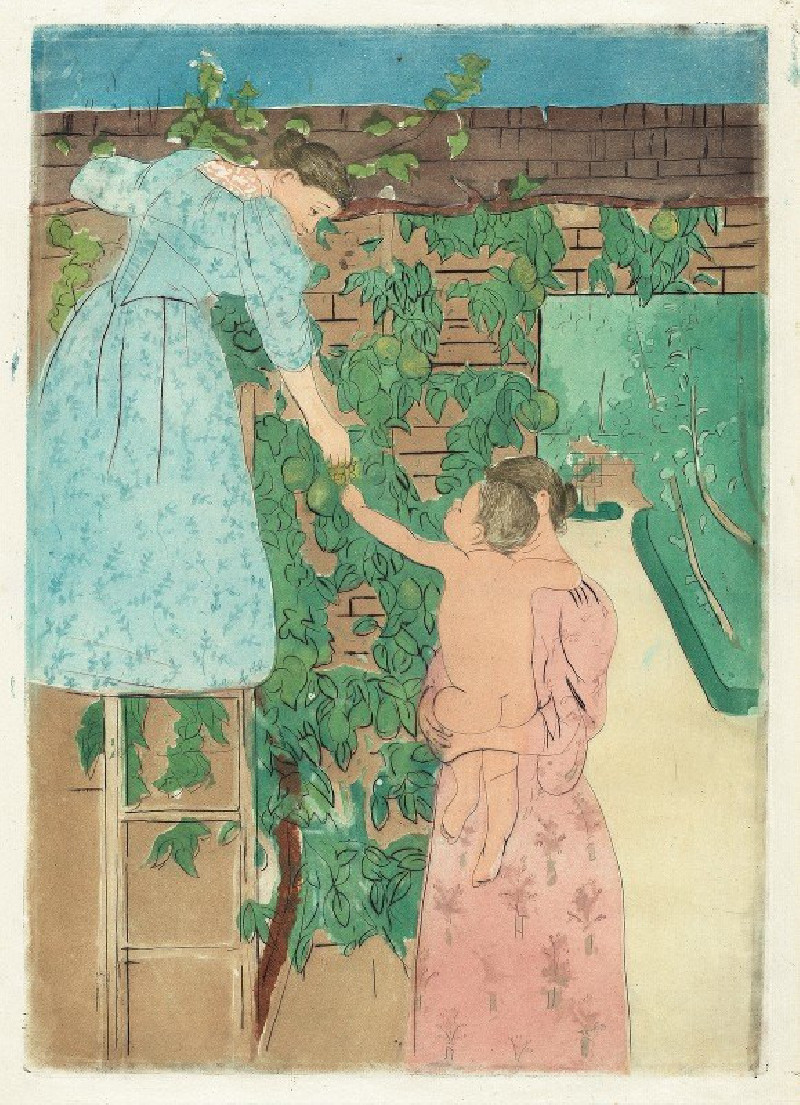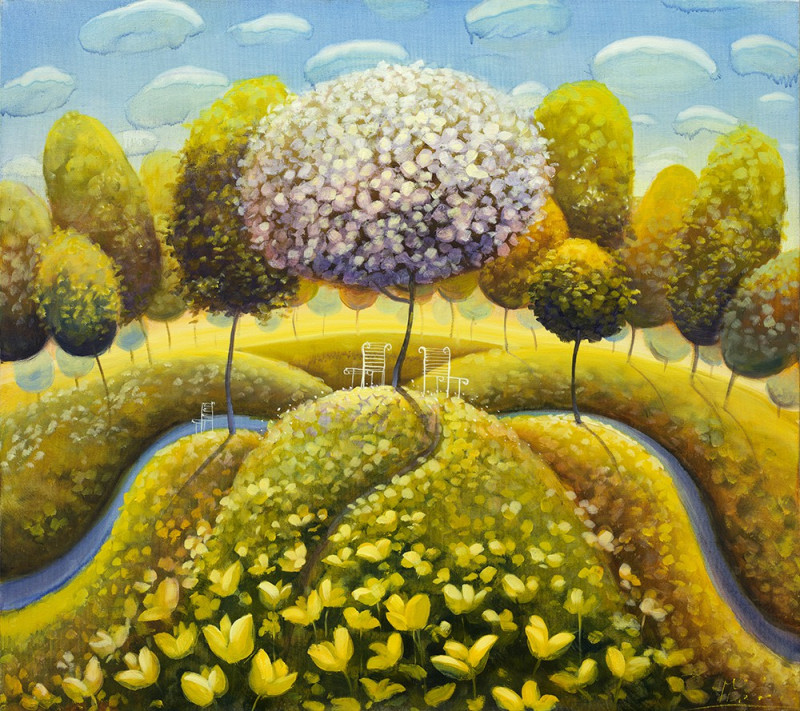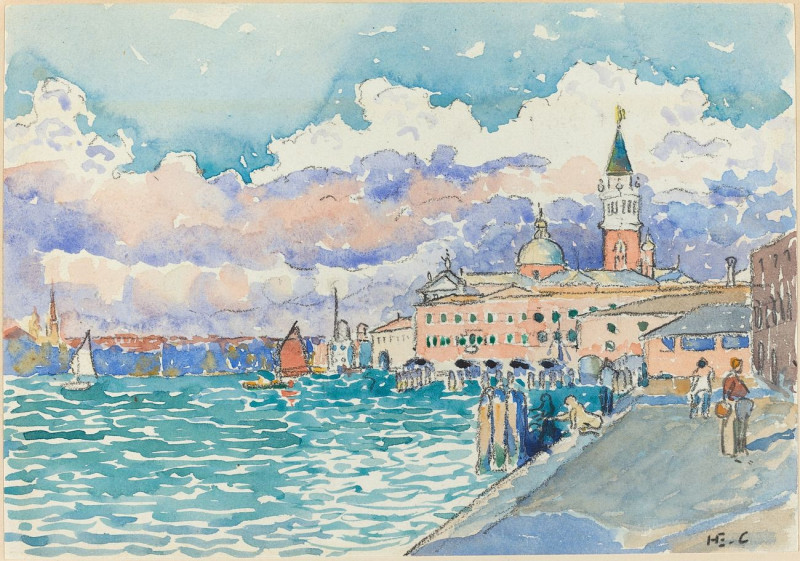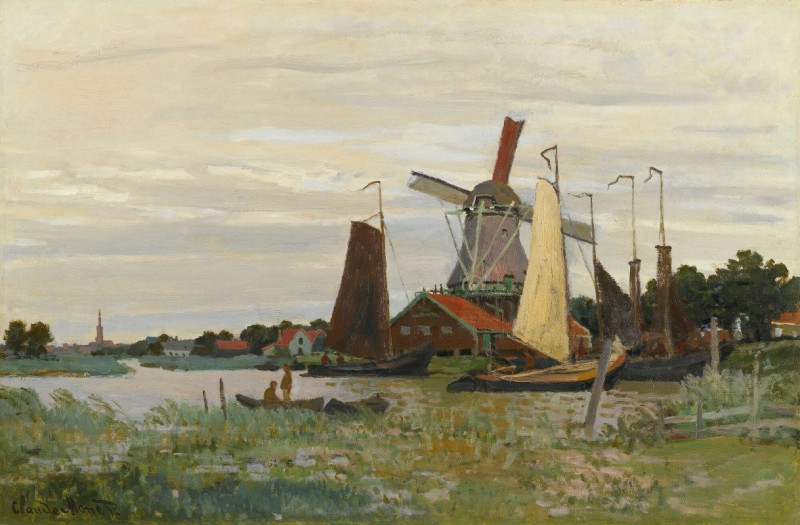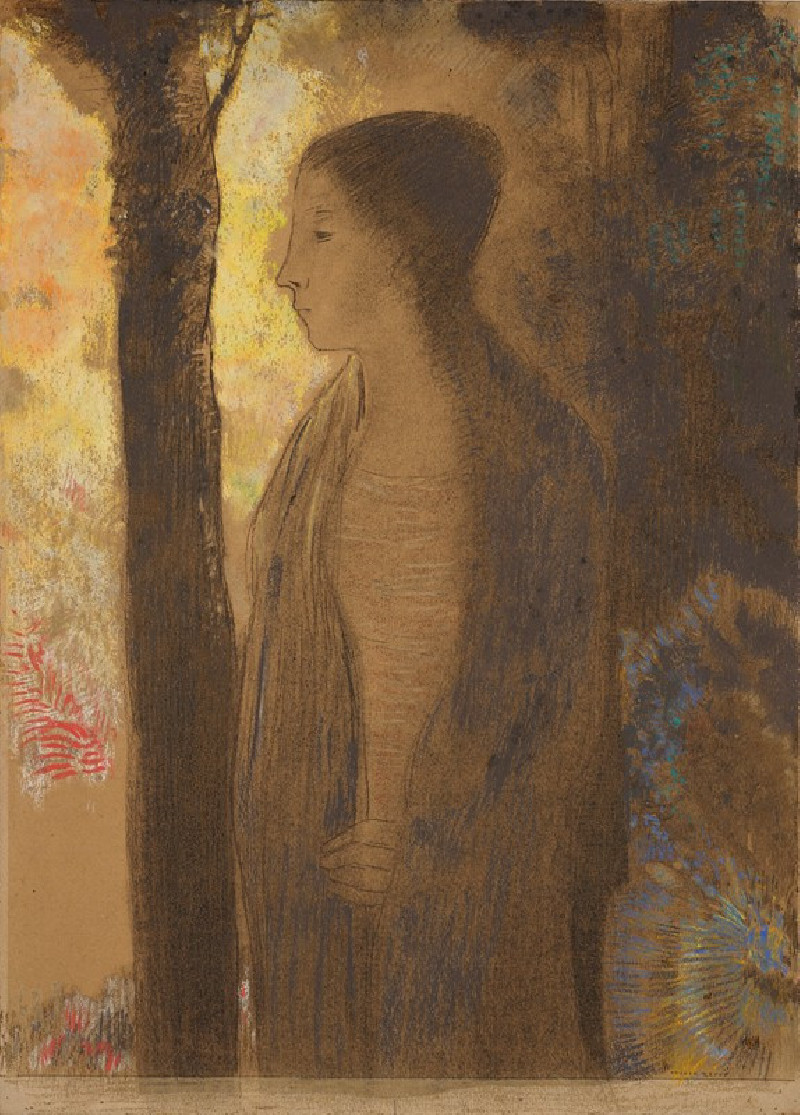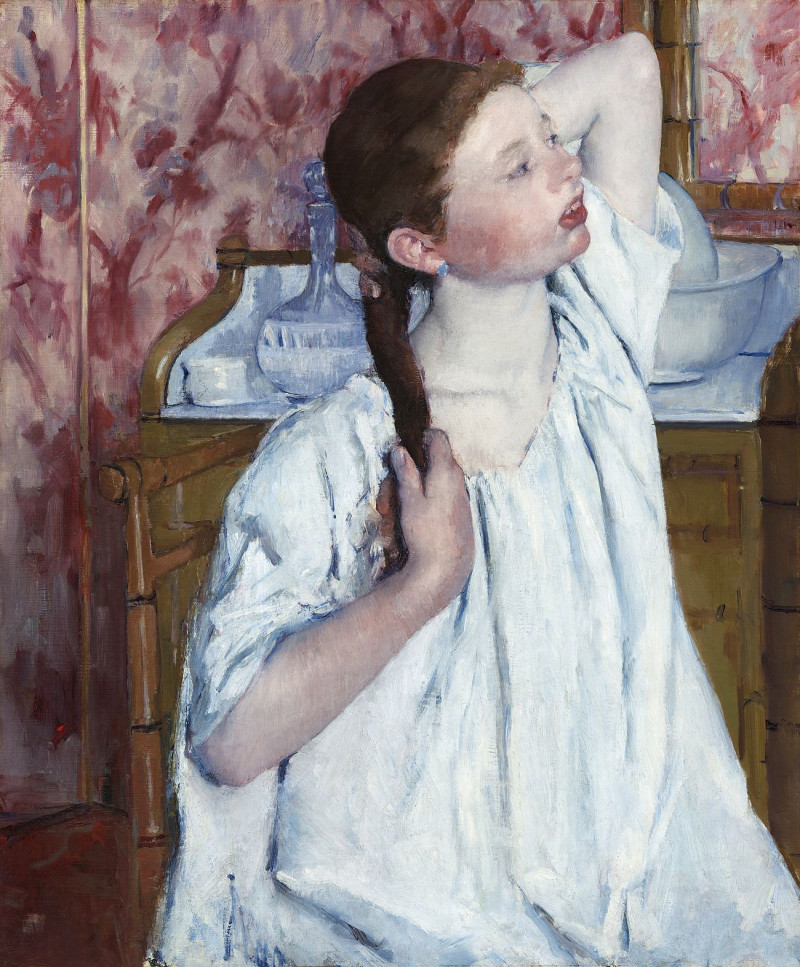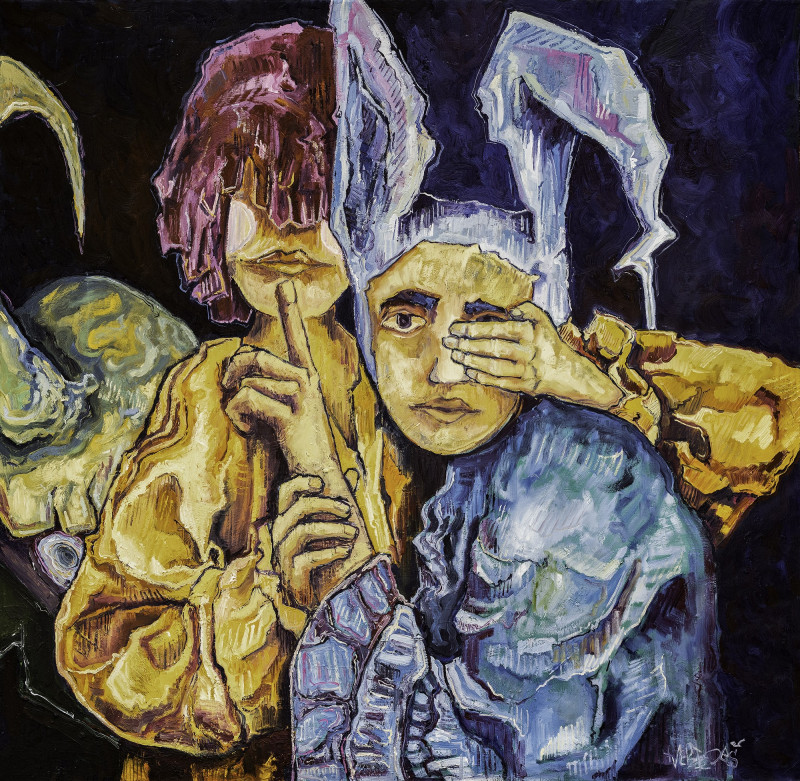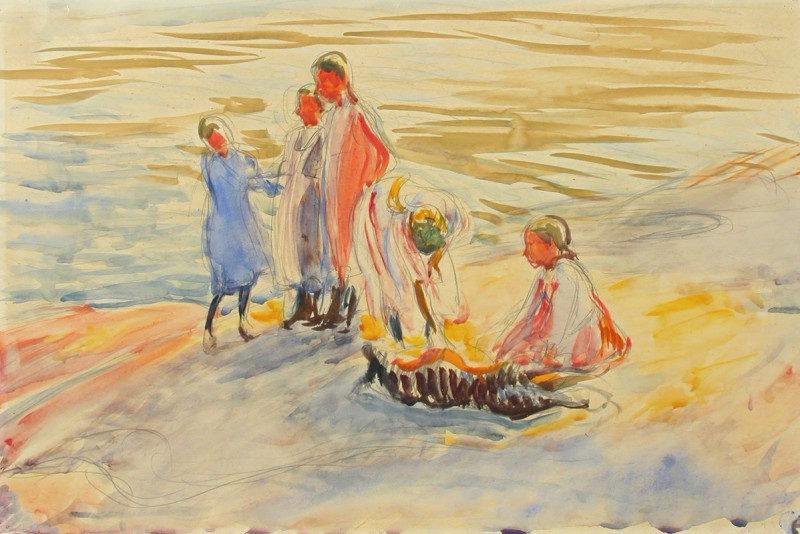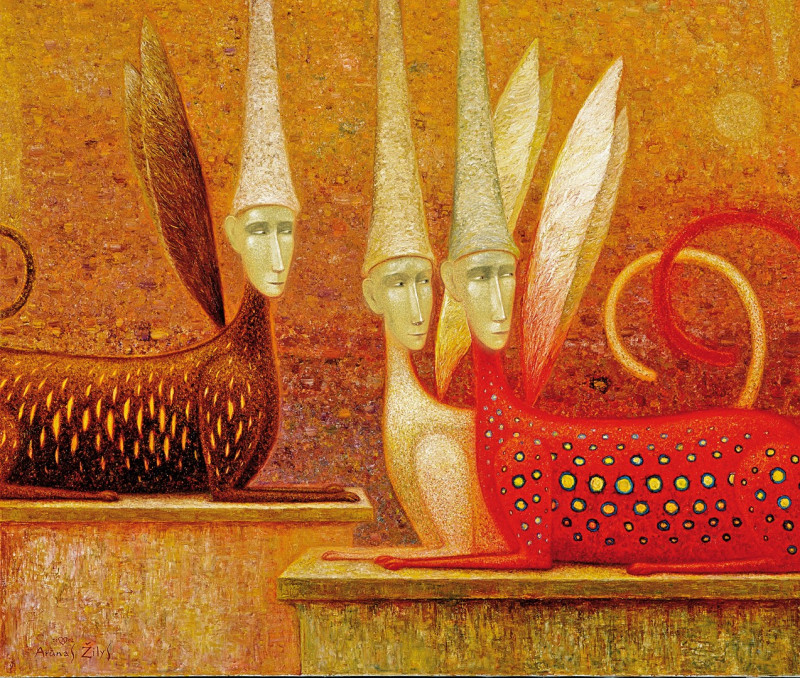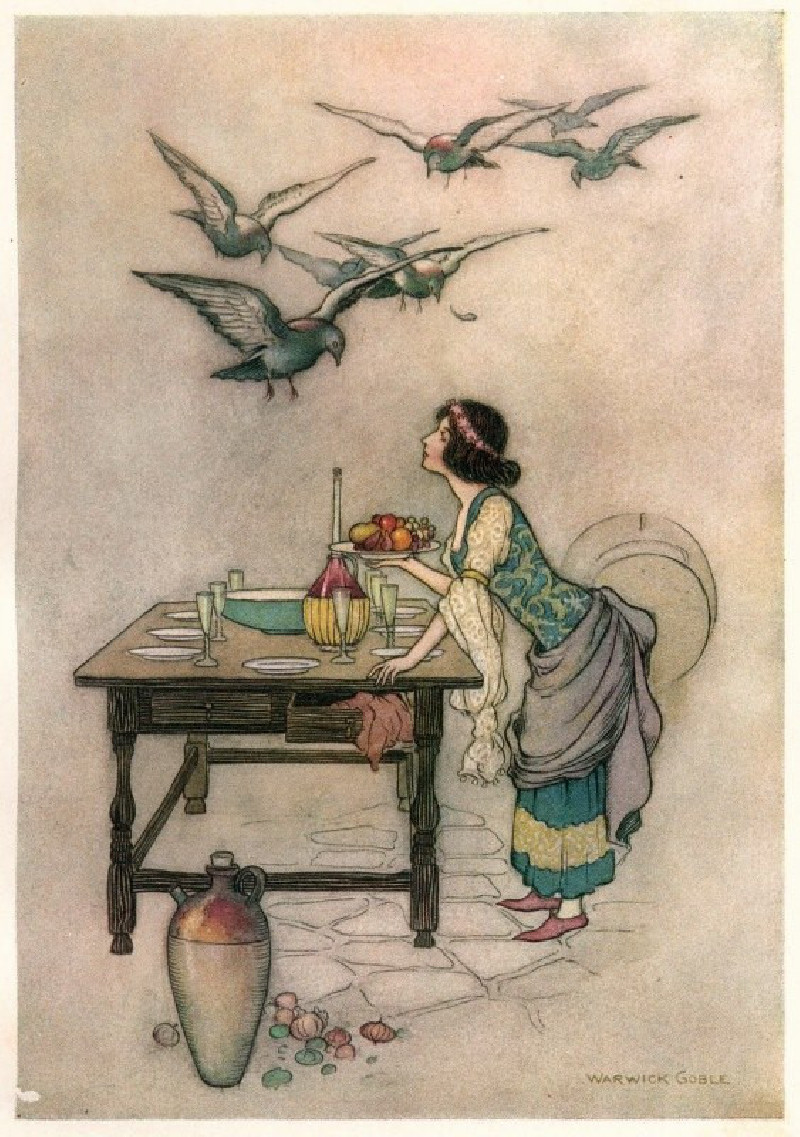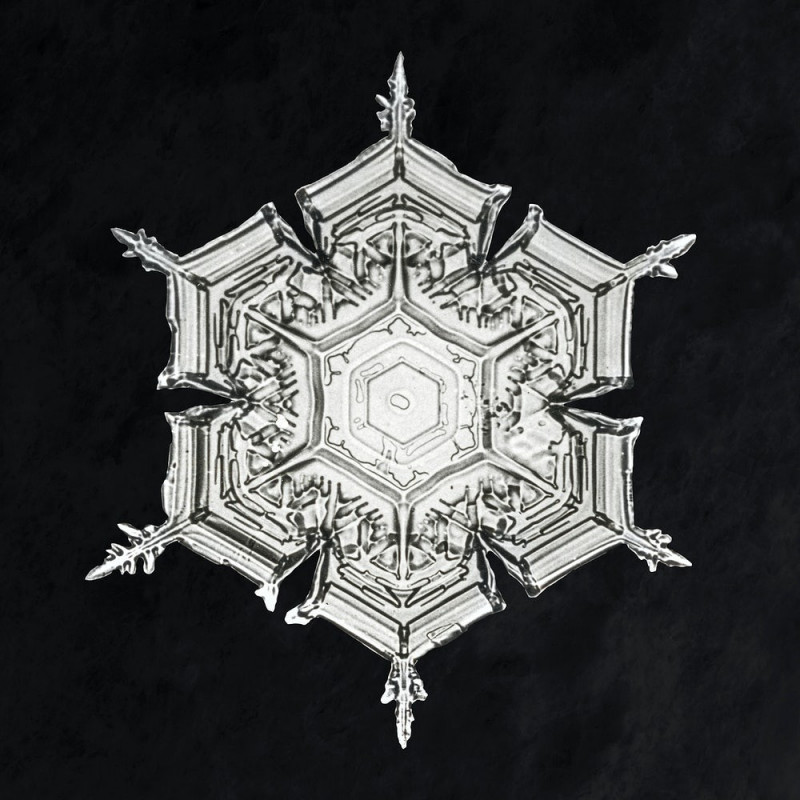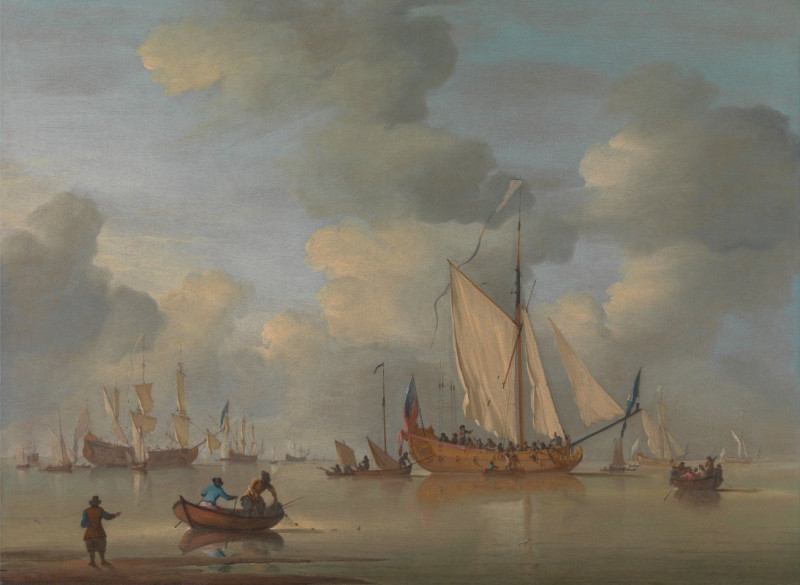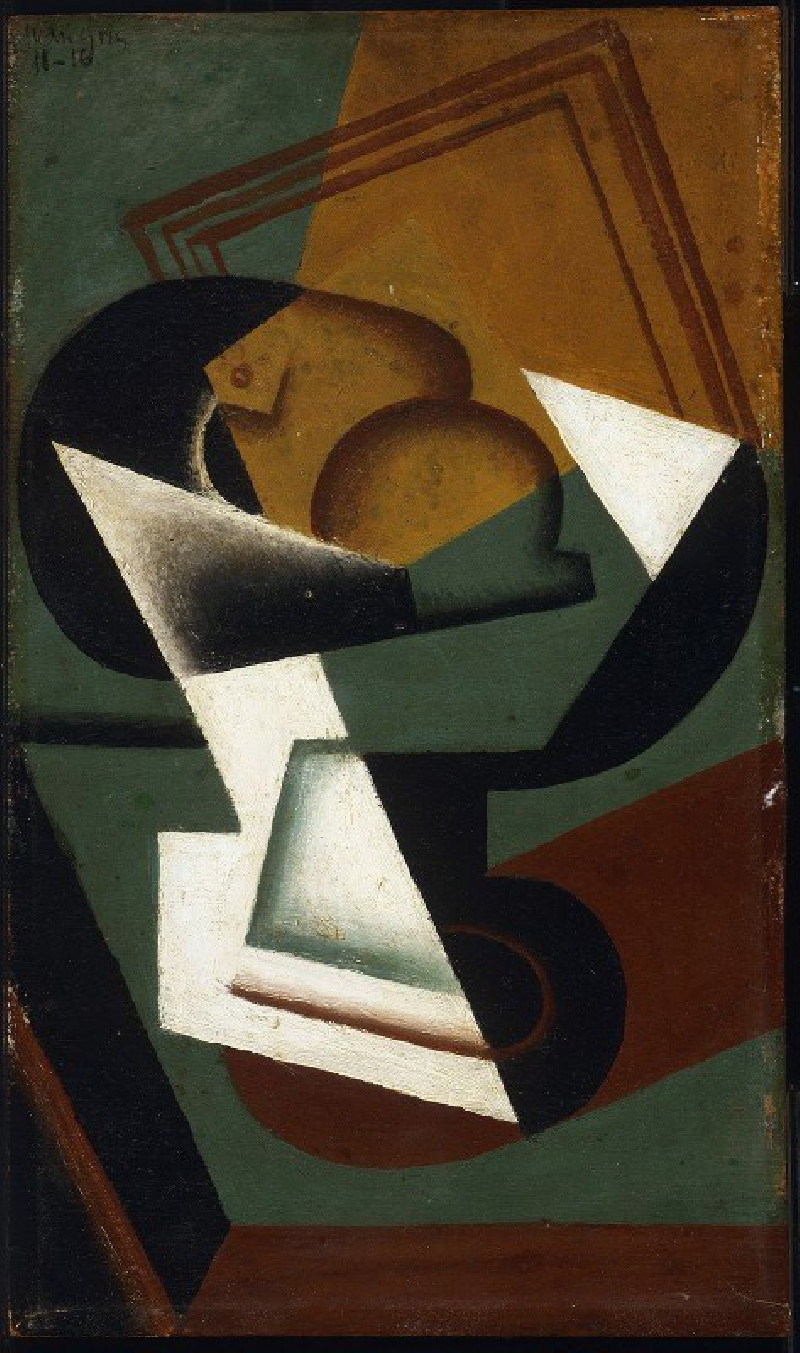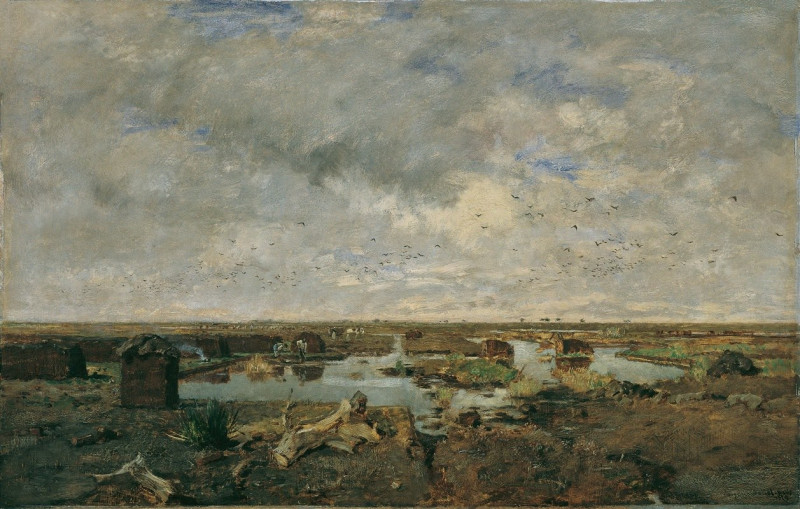The Barefooted Child
Technique: Giclée quality print
Recommended by our customers
More about this artwork
"The Barefooted Child" by Mary Cassatt is a tender and intimate portrayal capturing a domestic scene of affection and caregiving. The painting features a woman, likely a mother or caregiver, holding a small child in her lap. The child appears restless or uncomfortable, suggested by his or her slightly distressed expression and wriggling posture, as the woman attentively looks at the child's bare foot, perhaps checking for an injury or comforting the child.The artwork is rendered with soft, gentle colors that enhance the sense of calm and quietude. The woman's dress and the chair are detailed with floral patterns, contributing to the domestic and gentle aesthetic of the scene. Cassatt's skill in depicting the textures of the fabrics and the emotional nuance in the subjects’ expressions is evident. The background is muted, which helps to focus the viewer's attention on the figures and the interaction between them.This piece is characteristic of Mary Cassatt's work, which often focused on the social and private lives of women, with special emphasis on the bonds between mothers and their children. Cassatt's art provides insights into feminine and familial spaces, showcasing the beauty and complexity of everyday life. Overall, "The Barefooted Child" exemplifies Cassatt’s ability to convey deep emotional and narrative richness within the simplicity of daily moments.
Delivery
Returns
Mary Stevenson Cassatt was an American painter and printmaker. She was born in Allegheny City, Pennsylvania (now part of Pittsburgh’s North Side), but lived much of her adult life in France where she befriended Edgar Degas and exhibited with the Impressionists. Cassatt often created images of the social and private lives of women, with particular emphasis on the intimate bonds between mothers and children.
She was described by Gustave Geffroy as one of "les trois grandes dames" (the three great ladies) of Impressionism alongside Marie Bracquemond and Berthe Morisot.In 1879, Diego Martelli compared her to Degas, as they both sought to depict movement, light, and design in the most modern sense.

